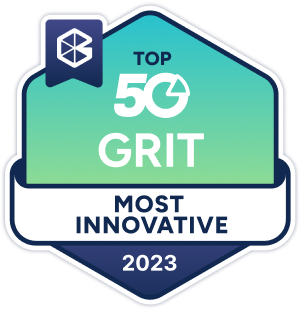challenge
An international company, specializing in the manufacturing, design and sales of diamond bridal and fashion jewelry, utilizes leading edge technology to create products for the savvy jewelry consumer. The company is proficient in the production of Lab Grown Diamonds (LGD), and believes this product has significant growth potential.
Lab Grown Diamonds: How to equate value?
A lab-created diamond is “grown” inside a lab using advanced technology that replicates and accelerates the natural diamond growing process. The result is a manufactured diamond that is chemically, physically, and optically the same as those grown naturally deep within Earth. Lab-grown diamonds are real diamonds.
Despite assurances from gemologists that LGD are identical to mined diamonds, many consumers have a difficult time equating comparable value to these new diamonds. The Lab grown diamond industry often positions their product as ethically sourced, in comparison to many “blood diamonds” that have negative humanitarian and environmental associations. As women make up the majority of the jewelry wearing public, many struggle to estimate the value of LGD’s in a category of products that has long been perceived as rare and expensive.

impact
Our research uncovered a trove of actionable insights that became the foundation for their marketing and communications plan. We provided the client with a strategic road map that includes:
- Short-term and long-term target segments
- The emotional and motivational purchase triggers for both mined diamonds and LGD
- The current barriers–broken down by demographic–that remain for widespread adoption of LGD
- Specific approaches to LGD communications and marketing plans
We also identified specific needs and occasions as the best markets to target for LGDs. The study revealed the importance behind what the diamond communicates to others and the mechanism by which it will facilitate social interactions. There is currently a knowledge gap around LGD, which results in misconceptions about what they are, how they are produced, and the value they bring. The “reason to believe” remains largely undefined in the LGD space. People want to understand what LGDs bring to the market and why they should consider LGDs, above and beyond the lower price tag. While there is strong emotional connection with traditional diamonds, there are specific signs that these emotions are not sustainable in the long term.
method
RESEARCH STRATEGY GROUP recommended conducting foundational research that would provide the client the consumer texture and feelings that yield a point of differentiation. The approach utilized applied ethnographic research, analyzed through a behavioural science lens, which peeled back the layers of the diamond buying ‘onion’.
Our approach to in-home applied ethnography integrates behavioural science to identify opportunities to influence behaviour change to ultimately drive product/service adoption and usage, target new market audiences and understand the evolving needs and context of existing audiences.













Comments are closed.